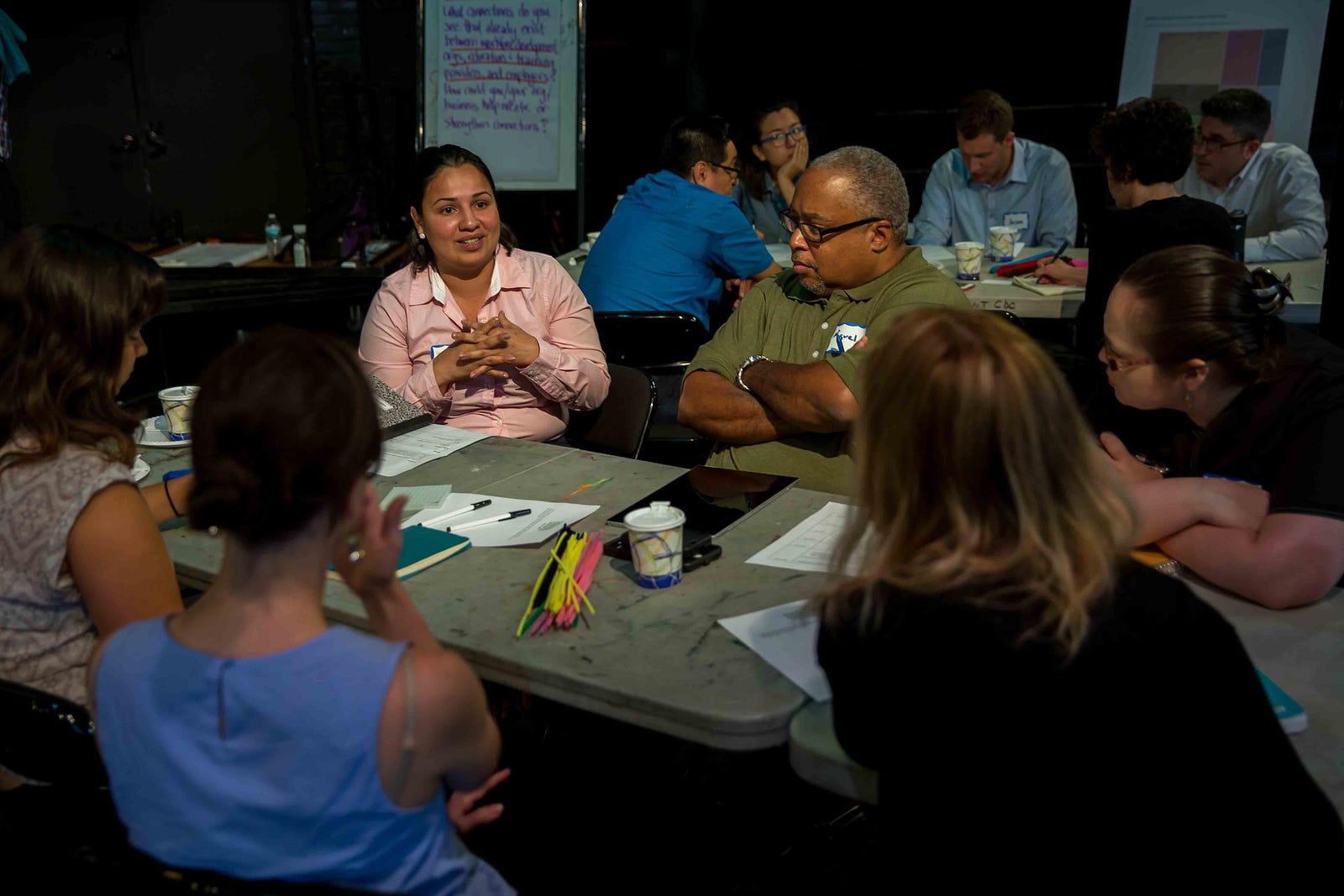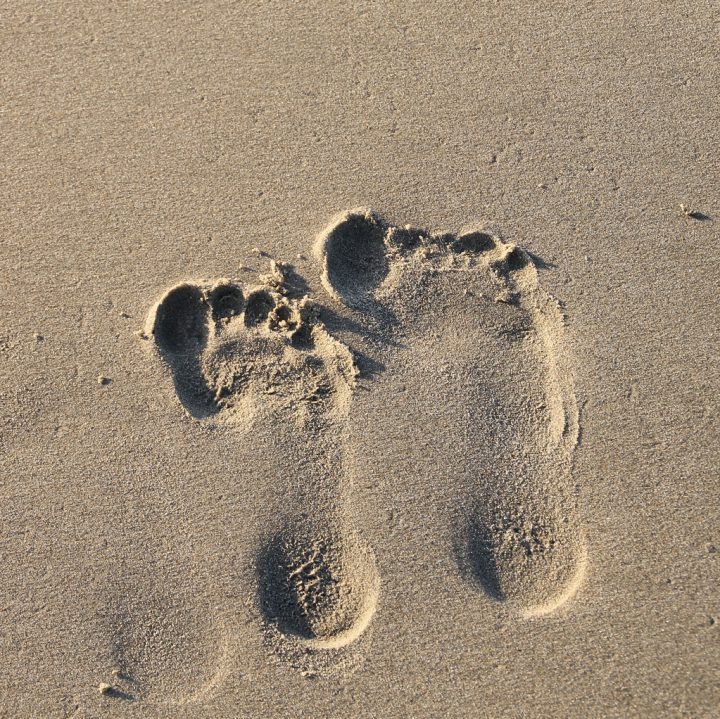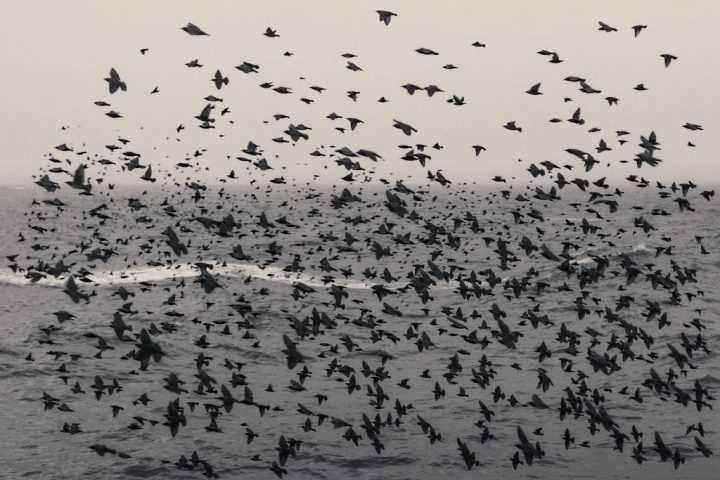A Look Back at This Summer’s Hunts Point Resiliency Collaboration Lab

Collaboration Lab participants discuss social and economic resiliency at The Point CDC.

Collaboration Lab participants discuss social and economic resiliency at The Point CDC.
“For a seed to achieve its greatest expression, it must come completely undone. The shell cracks, its insides come out, and everything changes. To someone who doesn’t understand growth, it would look like complete destruction.”
–Cynthia Occelli

Photo by lloriquita1, shared under the provision of Creative Commons Attribution license 2.0.

Photo by Neal Fowler, shared under the provisions of Creative Commons Attribution license 2.0.
(I want to give a BIG shout out to Marsha Boyd for helping to inspire this post with her words and spirit. Thank you, Marsha, for your collegiality, mentoring, and leadership by example!)
For the past couple of weeks, I have been savoring a book by Nora Bateson entitled Small Arcs of Larger Circles: Framing Through Other Patterns. Bateson is a filmmaker, writer and activist, and also the daughter of Gregory Bateson, ground-breaking anthropologist, philosopher, systems thinker, cyberneticist and author of Steps to an Ecology of Mind. Small Arcs of Larger Circles is a mind-stretching and heart-opening amalgamation of essays, poetry, personal stories and excerpts of talks. Throughout Bateson offers a ranging exploration of systems theory and complexity thinking with an invitation to embrace a broader epistemological lens (what people think of as sources of legitimate knowledge) including embodied knowing and aesthetic experience.
In an essay entitled “The Fortune Teller,” Bateson explores the human tendency to stave off consciously or unconsciously anticipated disaster and decline by trying to keep things stable or as they have been. Think the most recent financial crisis. A recent article on the site Evonomics entitled “It Takes a Theory to Beat a Theory” reminds us of the story of former Federal Reserve chairman Alan Greenspan, a champion of unfettered capitalism. Greenspan fought against initiatives to rein in derivatives markets even as there were signs of turbulence and calls to make substantial changes. On October 23, 2008, Greenspan admitted he was wrong, making the following statement to the House Committee on Oversight and Government Reform: “Those of us who have looked to the self- interest of lending institutions to protect shareholders’ equity, myself included, are in a state of shocked disbelief.” But what has significantly changed? Or consider a very recent article about local government efforts in Ventura County, California to site a new fossil fuel plant on a beach starting in 2020 that ignore protests from organized low-income residents concerned about air quality and lack of access to the beaches, and environmental organizations pointing out the real danger stemming from underestimations of sea level rise.

Photo by Duncan Hill, shared under provisions of Creative Commons Attribution license 2.0
While in some ways understandable (few of us probably like the idea of collapse and chaos), actions taken to preserve a certain kind of order and direction (not to mention power and privilege) can be particularly perverse when they reinforce the very patterns that are leading us down the road to collective ruin. And what more people are beginning to sense is that many social, economic and political patterns that have been established and gotten us to where we are must change for the sake of long-term survival and thriving. Read More
3 Comments

Image by Marco Verch, shared under provisions of Creative Commons license 2.0
This week’s tool is inspired by the new connections catalyzed by the mini-grants. While the survey we used collected some anecdotal information about the new connections, it left all of us wanting more… richer, deeper stories about these connections. Curtis Ogden from the Interaction Institute for Social Change (IISC), calls connection stories “critical nutrients” for networks that “feed a network forward.”
Tool: Connection Stories
Source: Interaction Institute for Social Change
Purpose: Collect and share stories of connections that have happened because of networks and share them back to the network to inspire more of the same.
From Curtis’s blog: Making these stories more explicit and accessible can have a number of different impacts:

![]()
With inspiration from Nancy White – thank you! (and make sure to check out Nancy’s blog) – I have been returning to and reviewing the list of Liberating Structures created and collected by Henri Lipmanowicz and Keith McCandless for application to some strategy development work with a couple of social change networks. As described on the website:
Liberating Structures are “easy-to-learn microstructures that enhance relational coordination and trust.
Liberating Structures are meant to foster enlivening participation in groups of all sizes, making it possible to truly include and unleash everyone.”
In reviewing the various structures, I’ve pulled out and added to a list of strategic questions that could be offered in concert with different group processes (World Cafe, Open Space, pair shares, fishbowls, individual reflection, etc.) to open up possibilities … Read More
Leave a comment“We never know how our small activities will affect others through the invisible fabric of our connectedness. In this exquisitely connected world, it’s never a question of ‘critical mass.’ It’s always about critical connections.”
Grace Lee Boggs

Photo by sagesolar, shared under terms of Creative Commons 2.0 license
The past twelve months I had the pleasure of working with a team from Food Solutions New England to design and facilitate its first Network Leadership Institute. This initiative grew out of FSNE’s ongoing commitment to cultivating thought leadership and network leadership “to support the emergence and viability of a New England food system that is a driver of healthy food for all, racial equity, sustainable farming and fishing, and thriving communities.” Another impetus for the Institute was a year spent doing system mapping and analysis that revealed four leverage areas for advancing a just, sustainable and democratically-owned and operated regional food system, including cultivating and connecting leadership. Read More
1 CommentHow about inviting them into a different kind of conversation—one that enables folks to hear one another across deep divides and to share differing perspectives without inflicting excessive injury.

Try introducing the practices of deep listening to unlock a conversation where everyone can both speak their truth and hear other folks’ truths without convincing, berating, or arguing.
Try introducing the practices of deep listening to unlock a conversation where everyone can both speak their truth and hear other folks’ truths without convincing, berating, or arguing. It’s harder than you might think, especially when you think you are right. But remember, these loved ones probably think they are right, too. And, in entrenched conflicts, everyone generally tends to view themselves as the victim and others as holding all the power. Deep listening can be a powerful way to break through all of that.
In these times, deep listening seems more necessary than ever. So, take the risk to really listen to those around you without trying to convert them to your way of thinking. And ask them to take the risk to really listen to you too, without trying to convert you to their way of thinking. Some of what you hear may make your blood boil. Some may make you shake your head in wonder or despair. Some will make you want to ask more questions. This is good – seeking to understand does not imply you agree. Only that you are willing to explore. In the end, if you can use the guidelines shared below, you’ll create a safe space for conversation where you’ll end up still loving one another and you’ll be better informed and better able to engage in the tumult that is our political space this holiday season and beyond. Let us know what you learn!
3 CommentsMany of us who identify politically as left of center, and who work in nonprofits or foundations, have been upset, shocked, angry, sad, disappointed and more about the election of Donald Trump last week.
In reaction to this loss, many are awakening to the white supremacist (alt-right) forces gaining strength in our county. Many people are experiencing a greater degree of fear for our nation and for their safety than ever before. In the last week, I have witnessed a few reactive behaviors that are not going to serve us through this time. If we don’t stop ourselves from practicing these behaviors, we are in danger of pursuing short-sighted strategies that end up preserving the status quo, rather than taking advantage of this moment to push us forward toward a greater force of woke people standing for justice.
The Comms team has used #the4thbox twice now with gathered groups of people and it’s had pretty astounding results. We find it is a helpful way to get people out of an intellectual space about equity, and into an imaginative space about the world we want.
Our first use was at an IISC staff and board meeting. We were in the early stages of developing the cut-out kit with Angus Maguire and the Center for Story-based Strategy, and we used this moment to learn about user experience.
3 Comments
IISC Communications was ecstatic to partner with Food Solutions New England (FSNE) on the 2016 Racial Equity Challenge. IISC Comms is always trying to learn about how digital and analog interactions support each other. Given IISC’s mission “to create social justice and sustainability,” we know that both face-to-face conversations and online/digital conversations are needed. We also know that while many social change organizations are hesitant to engage in online spaces (it’s tricky, new, and the potential for backlash is high), for-profit corporations haven’t hesitated at all. In fact, they pay massive sums of money for online campaigning and research regarding how people interact with and consume digital content. Social change organizations don’t have near an equivalent amount of resources devoted to digital spaces to tip the conversation.
We saw an opportunity this Spring to join forces with FSNE’s Communications Coordinator, Johanna Rosen, to normalize conversations about race and racism. The group was hosting a second year of a 21-day Equity Habit Building Challenge. The challenge is a mix of sharing resources and sparking conversations in an effort to increase understanding about racial equity. FSNE is a network of food producers and community advocates, spread around the region with various levels of experience and access to digital media. What tools will best support this process, we asked? Read More
Leave a commentYes! You do not need written permission to reproduce the work. Read below for information on the license under which the illustrations are released.
Since releasing our adaptation of this cartoon in January (working with our dear artist friend, Angus Maguire), we’ve found other versions of it floating around the internet, either via word of mouth or direct contact. We hoped that by making the design files available we would get some clever renditions, but what we’ve seen has gone far beyond what we expected!
To keep track of them, we’ve started a gallery of the different riffs on the version for others to use. Take a look and if you see any others, please email them to comms@interactioninstitute.org or tag us on Twitter so we can add them to the gallery.
PS – Thanks, Andrea Nagel, for the supportive energy and prodding to get this out of my backlog and into reality.
2 Comments
Last week I attended another meeting of the Research Alliance for Regenerative Economics (RARE) and we deepened our conversation about a “regenerative framework” for guiding system change. Underlying our conversations is the premise that many living systems – ecological, economic, social – are reaching or have already reached a point of crisis where they can no longer respond to changing conditions in such a way that humanity, or significant portions thereof, can thrive. Another way of saying this is that these systems are losing their capability for resilience (to “bounce back” from perturbations) and regeneration (to self-organize and evolve). Our discussions are focused specifically on the dynamics of networks, human and otherwise, and what these can tell us about why we are where we are socially and ecologically and what can be done to alter current conditions and humanity’s long-term prospects.
4 CommentsBreeding disconnection, diminishing diversity and stemming resources flows is “irresponsible.”